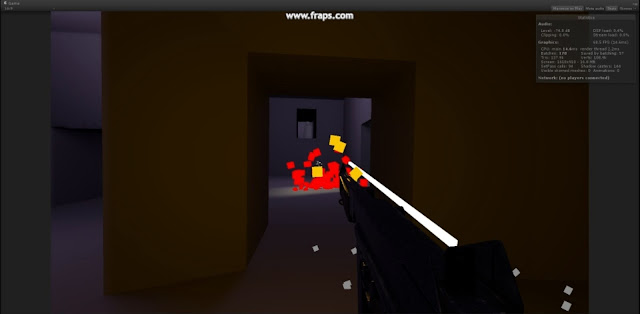I carried on creating initial 3D work whilst I waited for the concept artists to finalize their concepts.
I created a modular set of pipes for the game using Maya. This will help to bulk out the environment and hopefully create an industrial atmosphere to immerse the player into the world. Pipes are great in games as they provide the illusion of purpose, the space immediately feels more important as it is given meaning.
Creating a modular set allows me or the game designer to quickly build up an area as and when We please without having to model/ texture a new asset every time. It also allows us to save on tri count and easily create or alter cover points by placing pipes where we need them.
All of the pipes in this scene were created using only the above segments. I repeated them around layering bigger pipes behind the smaller pipes.
This modular pipe set might not be used in the final game, however they demonstrate how I can use modular pieces to flesh out an environment quickly. Modular assets are important if we want to create a large environment, whilst keeping the project size down.






















